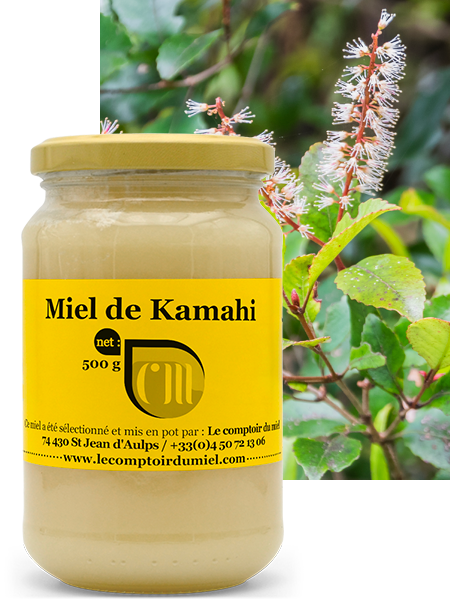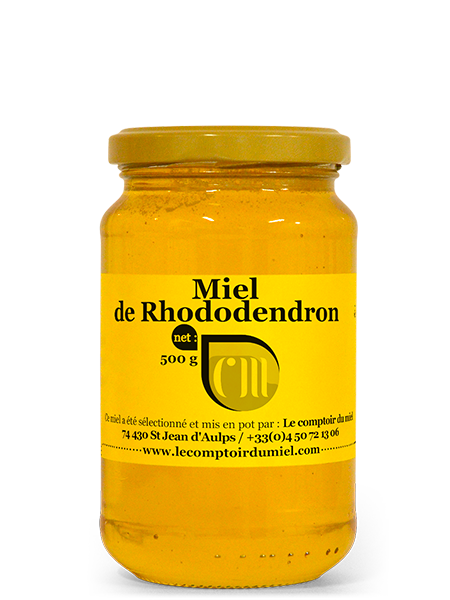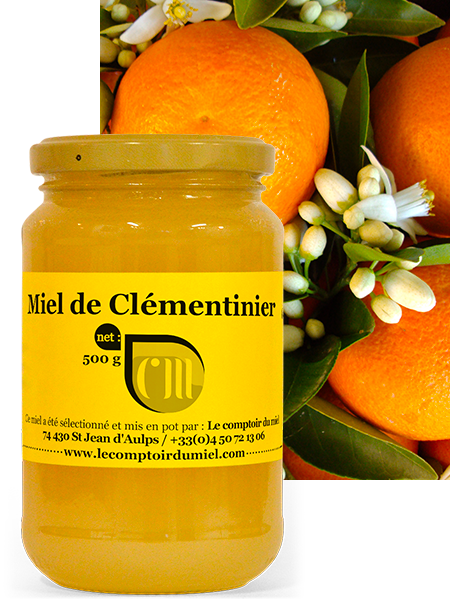New Zealand was formed 5 million years ago. Its Maori name isAotearoa, meaning the land of the long white cloud.
The most striking thing about New Zealand is the green of its landscapes. In fact, New Zealanders speak of a green that is unique in the world!
What’s more, this Eden at the end of the world, with its 2,500 plant species, is renowned for its unique flora, which includes almost 80% endemic plant species. The kamahi is one of them.
What is Kamahi?
Weinmannia racemosa, commonly known as Kamahi, is a medium-sized tree in the Cunoniaceae family. It is a very common tree in New Zealandpresent in lowland, mountain and subalpine forests. It can be found from the center of the North Island all the way south to Stewart Island. Located at the 47th parallel south, it is New Zealand’s southernmost point. Relatively unknown to travelers, Stewart Island is classified as a national park and is mainly covered by endemic forests. The kamahi tree blooms in summer, producing clusters of white or pink flowers that attract bees.
The taste and flavour of Kamahi honey from New Zealand:
New Zealand Kamahi honey is a special honey with a golden color and a clean, rich, sweet taste . This slightly amber honey leaves a lingering sweetness on the palate. It has a creamy creamy texture. Its taste is mild and delicate with light floral notes. It is also reputed to be one of New Zealand’s most popular honeys. Certainly due to its unique flavor and health-giving properties.
In addition, the rich, buttery flavour of Kamahi honey makes it excellent for cooking and pastry-making, as its flavour is clearly recognizable.
The benefits of Kamahi honey :
Kamahi honey from New Zealand is rich in antioxidants, enzymes and minerals. It is often used to help relieve sore throats and allergies.
Did you know?
Kamahi bark is very rich in tanninabout 13%, and was once exported for tanning. The inner bark was used as a laxative by the Maori. The wood, on the other hand, tends to warp or crack, so is rarely used.


